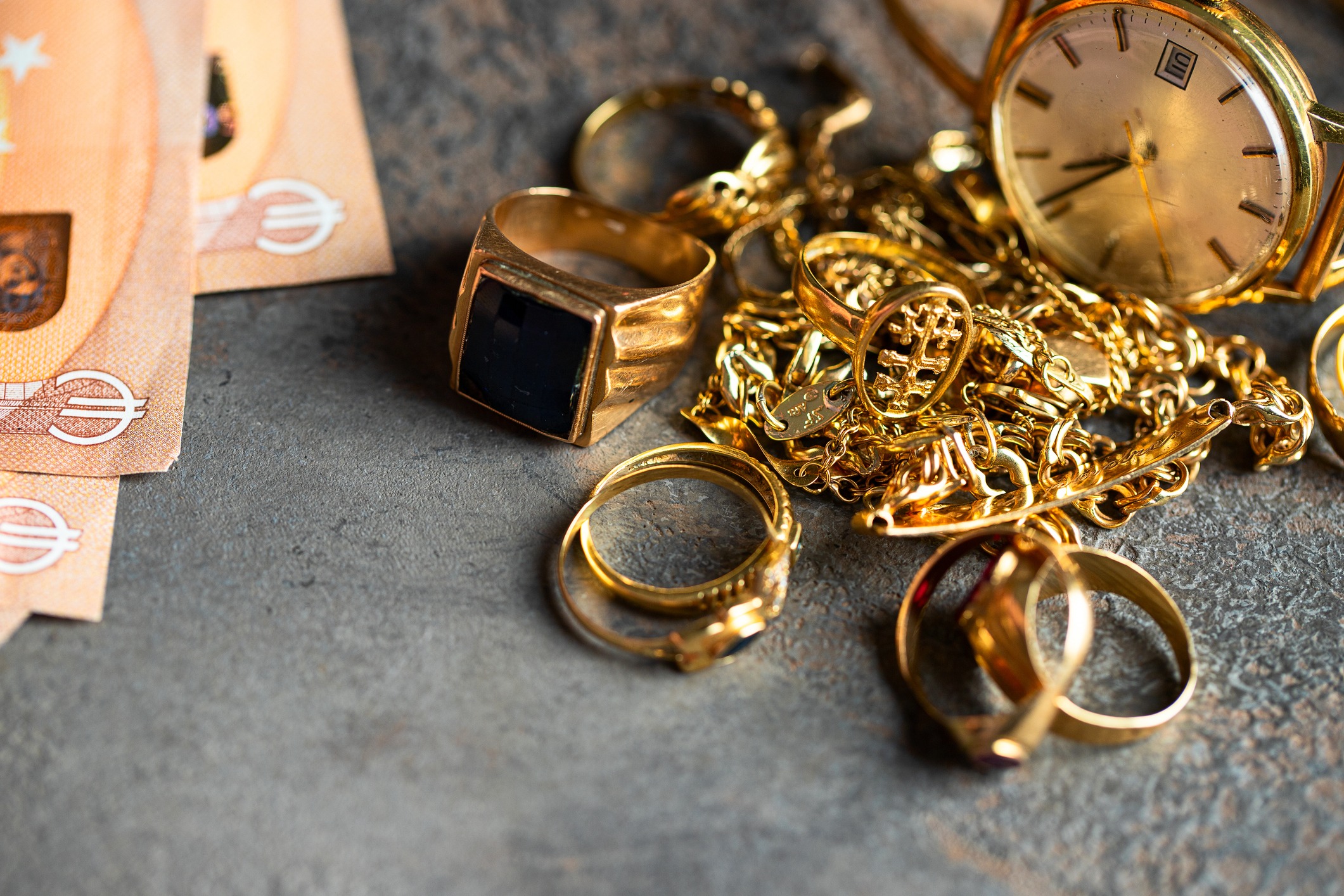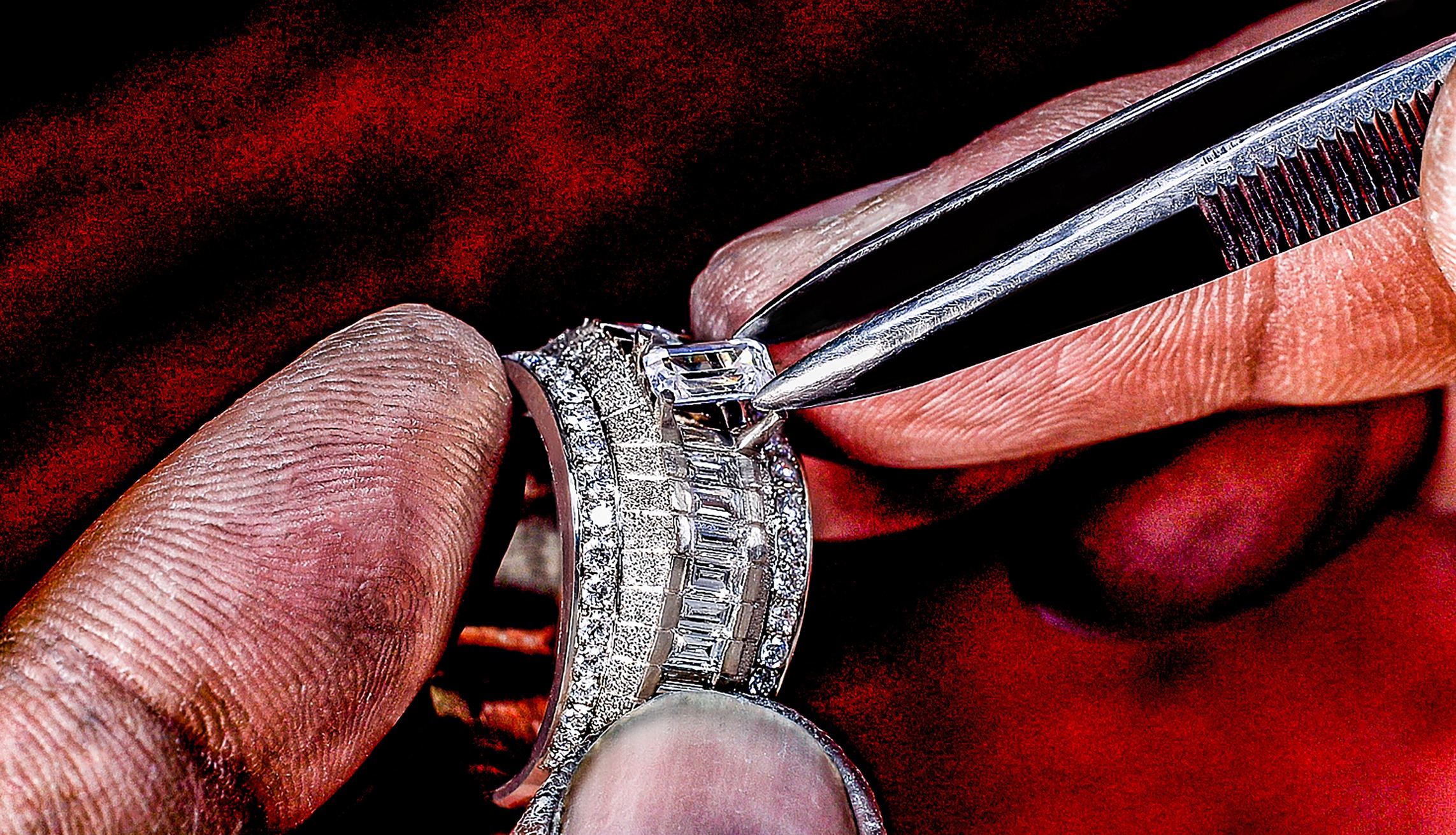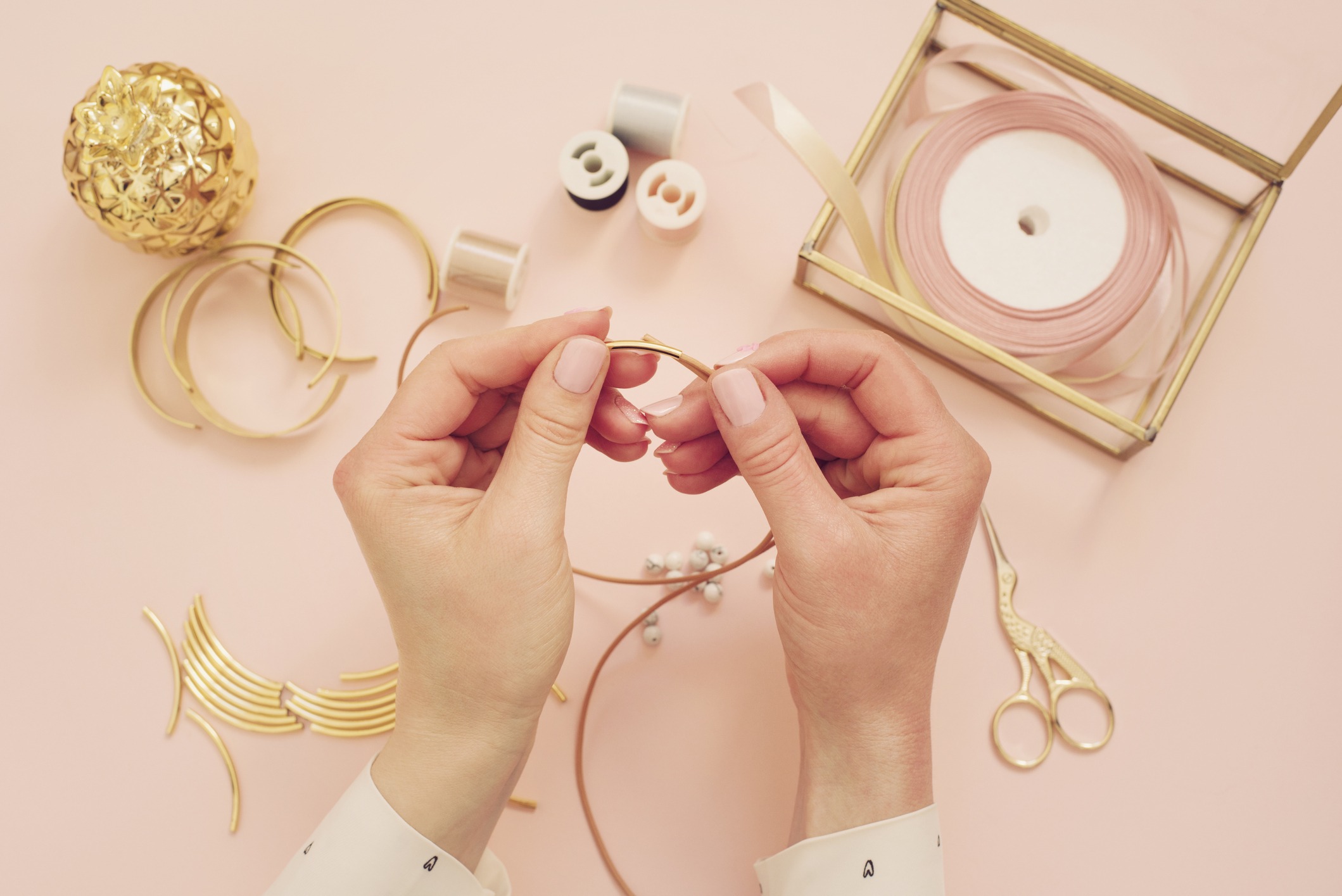Making your own jewelry means making the design you have in mind and achieving the style you want your jewelry to look like. Most people are unaware that they can make their own jewelry with just a few pieces of material and some knowledge of jewelry-making fundamentals. This article will help you learn about the history, basics, and different jewelry-making techniques.
Reasons and Brief Information about Jewelry Making
The origin of jewelry making can be traced back to 25,000 years ago, with the oldest civilizations making jewelry out of bones. Then, between 3,000 and 400 BC, stone jewelry was made into existence in Iran and the Mediterranean. Stone amulets featured simple carvings with symbols like flowers and stars and served as tributes to gods. Other reasons for jewelry making and wearing differ from place to place and from every generation.
Tombs and mummies of ancient Egyptians were decorated with talismans featuring ornate gems and stone-carved symbols.
Greeks in 1200 B.C. had a different reason for making and wearing jewelry made of gold and gemstones: aside from making it as an offering to gods, they wore jewelry to reflect affluence and prosperity.
Romans resourcefully melted down gold coins to cast into jewelry, for they believed in magic and myth and had a deep reverence for the symbolism of gemstones.
When the capital of the Byzantine Empire was moved to Constantinople in 330 A.D., it became the pivot of art between the prosperous cultures of Greece, Egypt, the Near East, North Africa, and parts of Russia.
Jewelry became more accessible to the masses during the Renaissance (a period in European history when the country was transitioning from the Middle Ages to modernity) period.
Modern jewelry making continued to flourish throughout the years and has become more innovative than before, like 3d printing and lab-grown gemstones.
Jewelry Making Techniques
Crimping: Beads are used in place of a knot to hold beaded products in place. This technique can be used for any beading project, like necklaces, bracelets, earrings, or anklets. It can also be used as a component of another project that is not yet completely beaded.
Jump Rings: Jumping rings are used as a linking piece between pieces, attaching clasps, or just connecting pieces together.
Head Pins and Eye Pins: Used when you want to connect only one end of your pendant to something and when connecting both ends to something.
Memory Wire: A Memory wire is used for creating a bracelet that wraps around the wrist because it keeps shape and is very hard to unbend. It can make bangle bracelets, necklaces, and rings.
Beaded Jewelry: The art of attaching beads by stringing with a needle and thread or thin wire.
Wire Jewelry: Considered one of the oldest-jewelry making techniques comprises wrapping wire components over one another to connect them without soldering or heat.
Silver and Goldsmithing Jewelry: Method of forming valuable metals into jewelry and small objects by casting, chasing, hammering, soldering, riveting, embossing, and more.
Glass Fused Jewelry: Used to construct jewelry gears like pendants and small vestures.
Metal Clay Jewelry: Made from a distinct type of clay that becomes solid after it is fired in a kiln.
Tips to get started with making your own jewelry
1. Identify the jewelry you are most interested in doing
Decide on the jewelry you wanted to work with. Knowing the jewelry you will work with, whether stamped or beaded jewelry, leather, clay, or glass, will help you focus on one specific knowledge first. You will be organized and can handle the amount of information you need to take in when you choose to work with different jewelry simultaneously. After mastering the making of a specific jewelry type, you can then proceed to learn other types as well.
2. Master a few basic skills
Making your own jewelry means not just learning the basics of jewelry making but also mastering and being able to apply them on your own without help.
3. Purchase the right tools and have enough supplies of materials needed
You may be urged to purchase cheaper tools because you might think that making your own jewelry will just be a short hobby. But buying the right tool is a good investment, especially since there is no need to borrow tools from other makers from time to time. Cheaper tools may be convenient, but they are not always durable, making you buy another that will only cost you more. Although you may realize that you have spent too much on the tools, it will be worth it in the end because they will still be helpful anytime you return to making your jewelry. Also, it is necessary to have an enough supply for your newfound activity, as stopping in the middle will be a hassle just because you lack wires.
4. Acquire the terminology
Learning to make your own jewelry means learning the terminologies that are important to the job. This will also help you not be confused with the process so that you won’t mess up your final product.
5. Have your own workspace
Free up a small space in your home, whether in your basement or a part of your room dedicated to your jewelry-making workspace. Organize the table and drawers and label the materials so that you would not mix it with other things.
6. Look for inspiration
You can look up online for inspiration of the jewelry you are going to make. Having a specific jewelry design goal will help you finish the item quickly. Take risks and be unique. You do not need to imitate designs on the internet perfectly; your idea and own touch will always be a perfect design.
7. Take part in a training
Practice makes a perfect jewelry version. Enroll in a class with other interested beginners, and have someone who knows more walk you through the process. There are free classes that teach jewelry making, which is a perfect chance for you to learn.
Final Thoughts
Making your own jewelry is a satisfying and fulfilling thing to do. You get to make your design and be able to tell yourself that you can be creative if you really want to. It is a simple hobby that can turn into a surprising profession.



